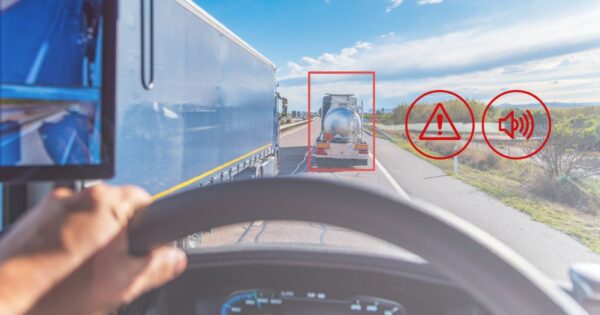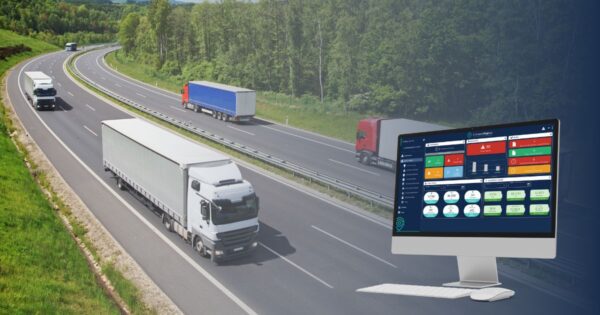Vision Zero is now nearly 30 years old. It was first introduced as an idea in 1995, in Sweden, from where the concept has spread around the world and been implemented to differing degrees (and not always under the official ‘Vision Zero’ name).
The Vision itself is really simple: no road deaths or serious injuries by the year 2050. And whilst most people would say that sounds like a fine idea, plenty both in the industry and outside it might feel that it is unrealistic. But is it? And does the growing international movement behind Vision Zero spell trouble for fleet managers, or should we look on it as a positive?
How Vision Zero works
The core thinking behind Vision Zero is to take a “systems approach” to road safety. What that means in turn is that the focus is less on the individual driver or pedestrian, and more on how the design of roads, the speed limits applied, and the safety systems incorporated into vehicles all combine in order to make the environment intrinsically safer.
The American environmental scientist Dana Meadows described a system as “a set of things … interconnected in such a way that they produce their own pattern of behaviour over time”. When we think about roads, vehicles and drivers in the same way, then the approach should make sense. If the environment is right, the behaviour is right. Or to put that in one final different way, it’s more effective to create the rules and infrastructure that ensure people drive safely, rather than just asking them to drive safely.
How Vision Zero is going
That might sound like an optimistic idea. But the facts are that Vision Zero has been delivering remarkable results across the globe. In the UK, for example, road deaths have fallen to 28% of their previous level over the course of 30 years, and all this whilst more of us drive more miles every year. And the story is the same across most of the globe.
It’s probably fair to say that the people driving haven’t changed too much in the space of that time, which demonstrates that sensible road safety policies, alongside improved vehicle safety, have made a real difference.
Of course, whether we will get all the way to zero is a fair question. But what is important is the commitment to get as close as possible. And there is no sign of any let up in the direction of travel. To give one example, in October of this year London’s Direct Vision Standard (DVS) for larger vehicles will require improved visibility, something we are already helping a number of CameraMatics customers with.
It seems fair to say that Vision Zero is here, and Vision Zero is working. But what does is mean for fleet managers and drivers?
What Vision Zero means for you
Perhaps the first and most important point to make is this: Vision Zero should be seen as a positive for any organisation that operates a fleet of vehicles. Yes, nobody is a huge fan of additional regulations, but the aim is to reduce the number of accidents, and accidents cost money. In terms of legal, compensation and insurance costs (which can be enough to close a business), to the inconvenience of having drivers and vehicles off the road.
Once you’re onboard with Vision Zero, there are broadly speaking two consequences and two things to be aware of:
Firstly it is important for drivers to comply with regulations, drive at the appropriate speed, and have all the supports they need in order to drive as safely as possible – in other words, to make the system work for them. Fortunately, modern telematics and camera systems can help drivers in a number of ways. They can alert drivers about dangerous driving in the moment, but also identify underlying issues and customise training to help improve compliance over time. Modern systems can even spot when a driver is distracted, or when a vulnerable road user is in a blind spot.
Secondly, fleet managers need to gain visibility, and take responsibility, for the safety record of their entire fleet. Again, think in systems terms. It is important to have visibility across the board, be able to identify issues, and take action when necessary. That ranges from ensuring vehicle inspections and maintenance are being carried out correctly and in compliance with all regulations, to investing in camera technology that is either required by law (as in DVS mentioned above) or that helps to drive safety levels (for the benefit of everyone).
Ultimately these steps are simply good for business. Cameras, for example, play a vital role in preventing insurance fraud or straightforward theft. And the data that telematics provides is useful in improving fuel efficiency across the fleet. Despite the name, Vision Zero is not a zero sum game.
If you’d like support on your journey to being a ‘zero accident’ business, get in touch and we can help make it happen.








